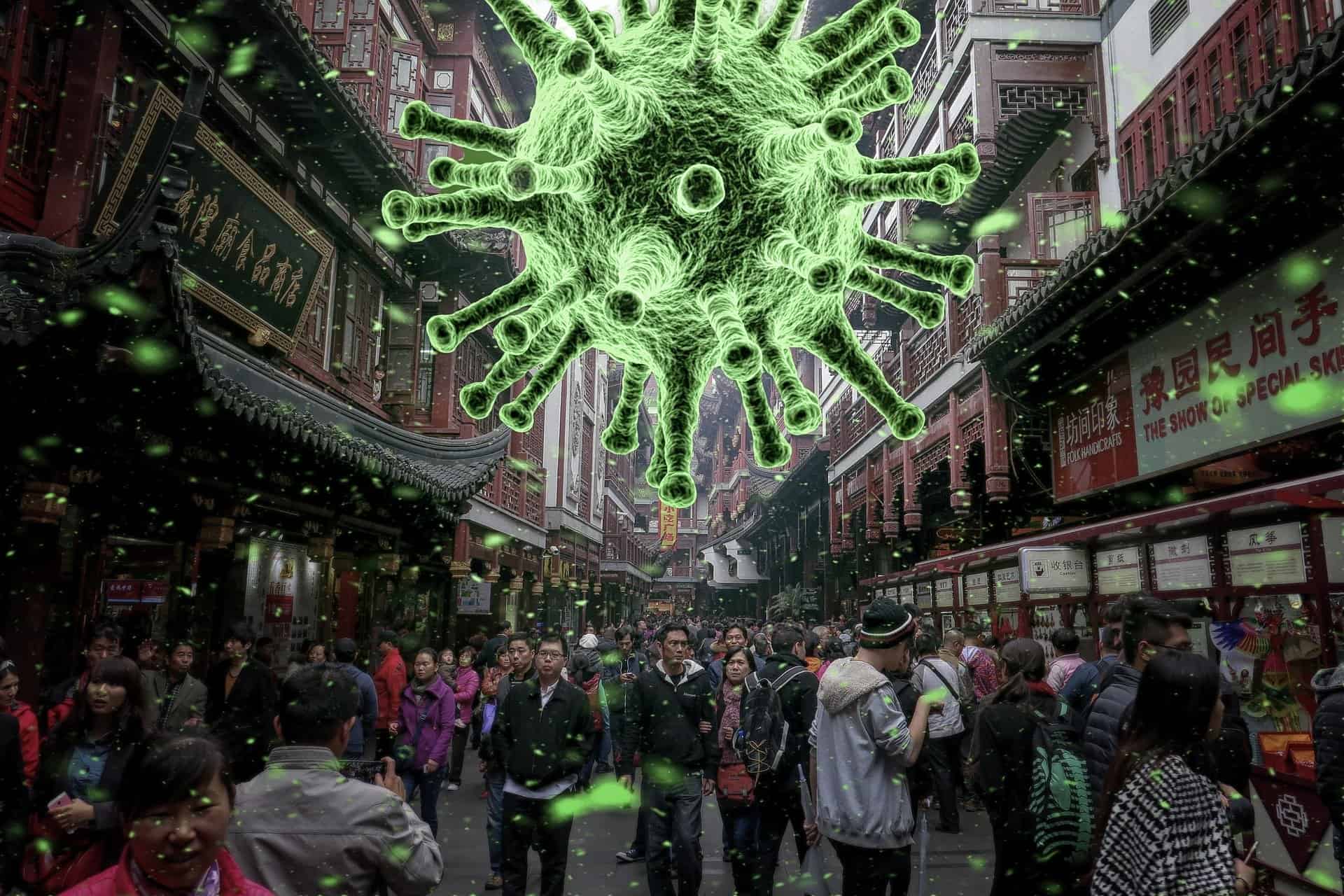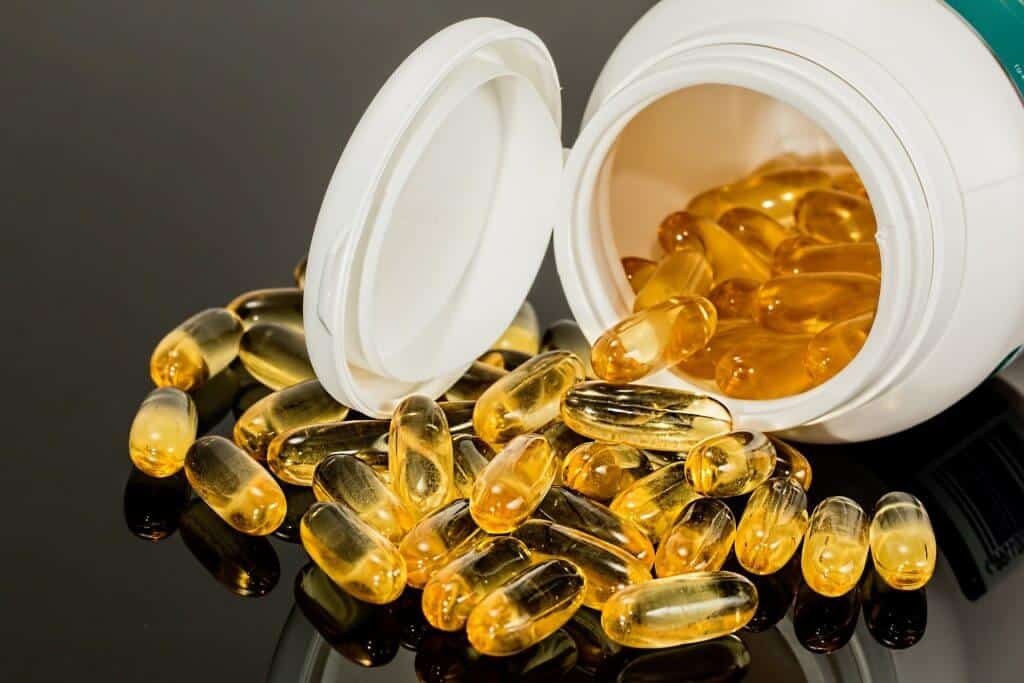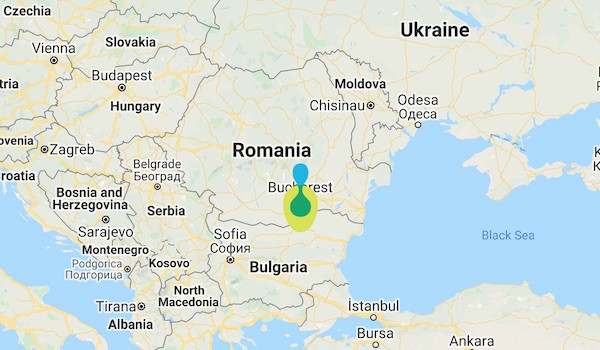Many people a little more attentive towards healthy eating started to drink alkaline water or to buy water alkalizing devices in the attempt to replace the sinful acidosis with alkalosis. Sadly, by drinking alkaline water you can become more alkaline pretty fast – studies performed by the producers encouragingly indicating that only two weeks of drinking this wonder water can increase pH above physiological limits (Heil et al., 2010).
And I wrote “sadly” for two reasons:
1) Because putting the equal sign between health and alkalinity ignores the fact that anyone can instantly become alkaline when they:
- vomit (Mehler & Walsh, 2016)
- have a thermal shock in case of heat stress (Bain et al., 2015)
- have fever (Schuchmann et al., 2011)
- have a stroke (Zöllner et al., 2015)
2) Because the target audience of alkaline water and water alkalizing devices are often cancer patients.
Just that the story about improved health through modifying pH either by alkaline diet either by drinking alkaline water is quite hype.
We know from a long time now that malignant cells that use the Warburg effect (aerobic glycolysis) have an alkaline intracellular pH and an acidic extracellular one – alkalinity helping them to avoid apoptosis, to proliferate and to metastasise (Griffiths, 1991; Harguindey et al., 2005; White et al., 2017).
Some preclinical studies performed on glycolytic malignant cellular lines or on mice with homogeneous glycolytic malignant tumours show that extracellular alkalinity could contribute to destroying these types of malignant cells (Mazzio et al., 2012; Yustisia et al., 2017). Other studies confirm this conclusion, but also show that in the case of malignant cells that do not use the Warburg effect alkalizing the extracellular environment can help them proliferate and metastasise (Wanandi et al., 2017).
The attempt to counteract extracellular acidosis induced by aerobic glycolysis by drinking alkaline water ignores the fact that in vivo tumours are heterogeneous and that malignant cells are highly adaptive (Vlashi et al., 2014; Xie et al., 2014; Obre & Rossignol, 2015) as they can survive by using other metabolic pathways than aerobic glycolysis: the Crabtree effect, (Jones & Thompson, 2009) the reverse Warburg effect (Pavlides et al, 2009), entosis (Lozupone & Fais, 2015) etc.
And a metabolic analysis performed on 740 biopsies from breast cancer patients shows that only 40.3% of the studied tissue samples presented aerobic glycolysis (Choi et al, 2013). We wipe out the fact that even in tumours with the same localisation we cannot simply tell by default that drinking alkaline water associate apoptosis or malignant proliferation and metastasis, we wipe out the fact that 60 is bigger than 40 and we sell assumptions to confuse and desperate patients.
Besides many mammary malignant cells, also many ovarian cancer cells and prostate cancer cells prefer to use the reverse Warburg effect, the Crabtree effect, entosis or autophagy (Whitaker-Menezes et al., 2011; Schlaepfer et al., 2014; Nieman et al., 2011).
We have no randomised controlled study performed on cancer patients treated with intention to cure to prove that alkaline water contributes to healing cancer or that it prevents this diagnosis – researchers considering that promoting alkaline water is scientifically unjustified in oncological context (Fenton & Huang, 2016).
There is only marketing based on studies performed on cell lines and on laboratory animals that support hypotheses outside the complex malignant metabolic context of heterogeneous tumours developed in vivo in humans.
Of course, anyone can spend their money on whatever they want as most people haven’t enough patience to develop heat shock or a stroke to become more alkaline. Not even in August.
References
Griffiths JR. “Are cancer cells acidic?” British journal of cancer 64.3 (1991): 425.





